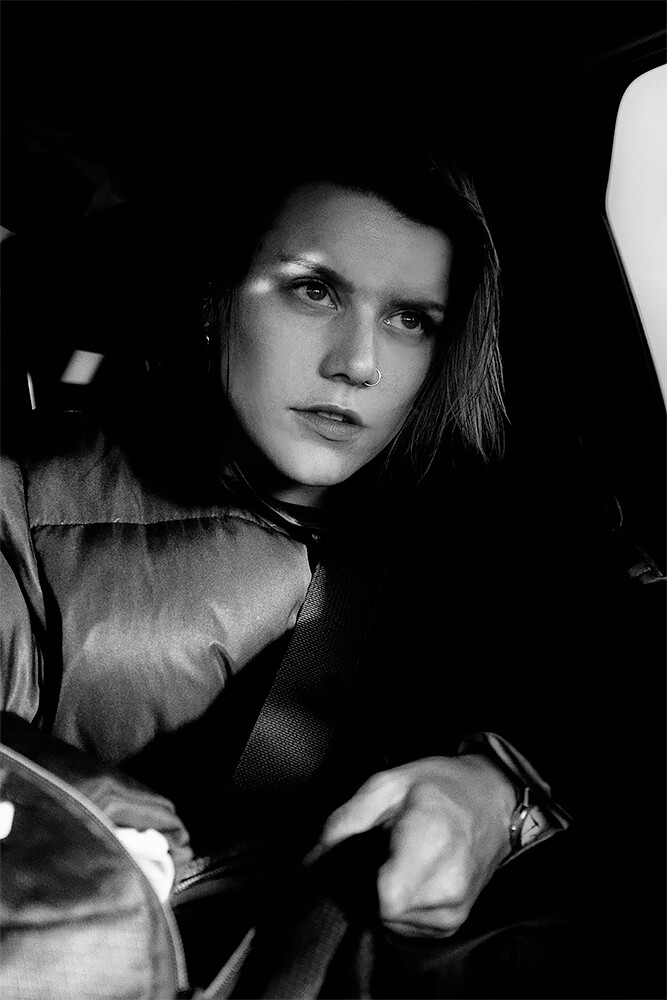Svet Jacqueline grew up In Baltimore, Maryland. She earned a Bachelor of Science in Photography from the S.I. Newhouse School of Public Communications at Syracuse University in 2014. She moved to Los Angeles, California in 2016 to work on freelance projects with Sony Entertainment, Apple, and other editorial clients. In 2020, she documented the uprising of the Black Lives Matter movement and published her first book, 100 days of Protest, 2021. Last year, she split her time in Los Angeles, Mexico, and Texas documenting migration at the border and the cycle of poverty on Skid Row where her work won first place in the International Photography Awards and NPPA Best of Photojournalism 2022. Her recent efforts focus on the humanitarian impact of displacement in conflict zones and Russia's war on Ukraine. She has published with Göteborgs-Posten, Teen Vogue, The Jewish Times, and HBO. focus on the humanitarian impact of displacement in conflict zones and Russia's war on Ukraine. In her free time, she trains for marathons, cooks, and volunteers with local nonprofits to feed underfunded communities and support public art programs.
